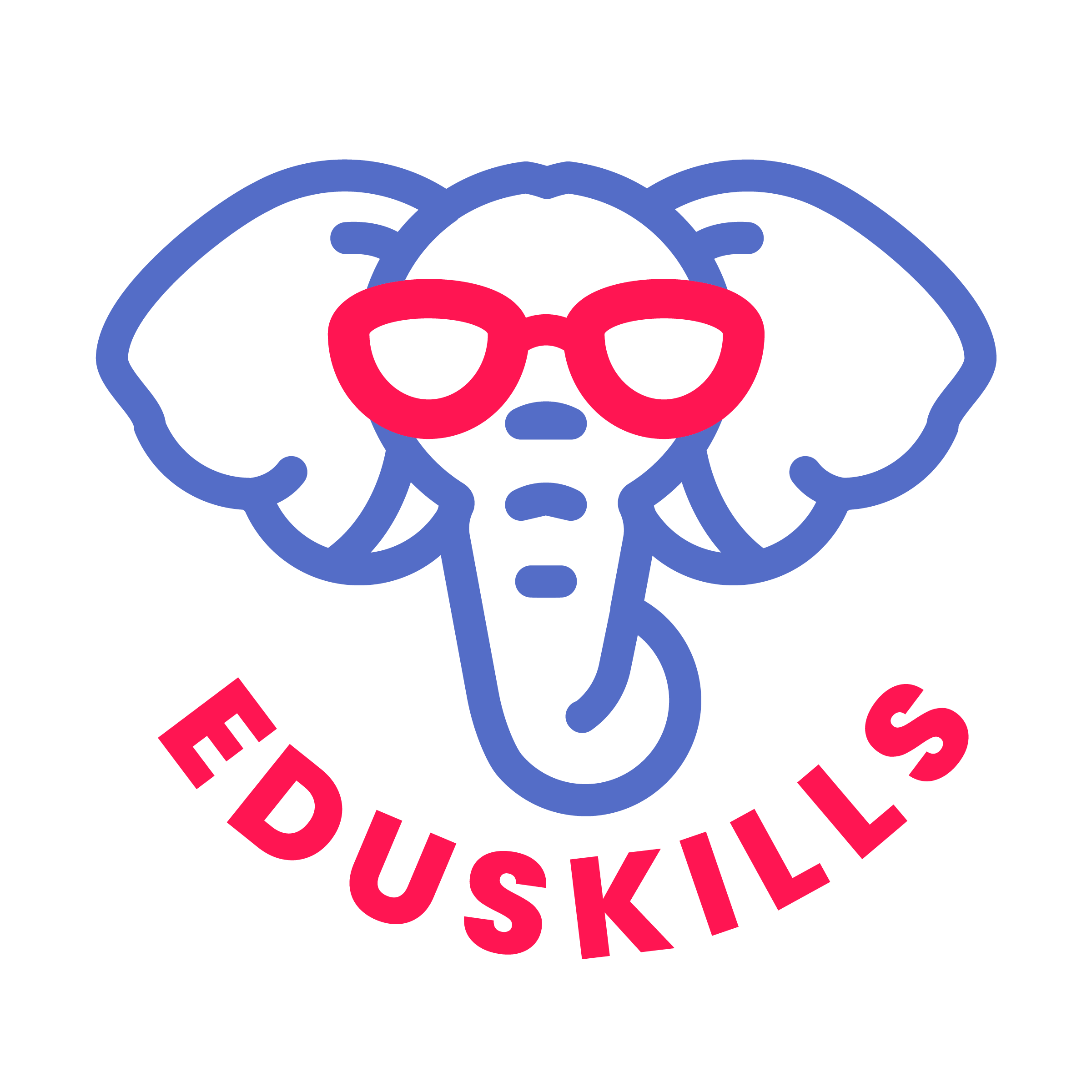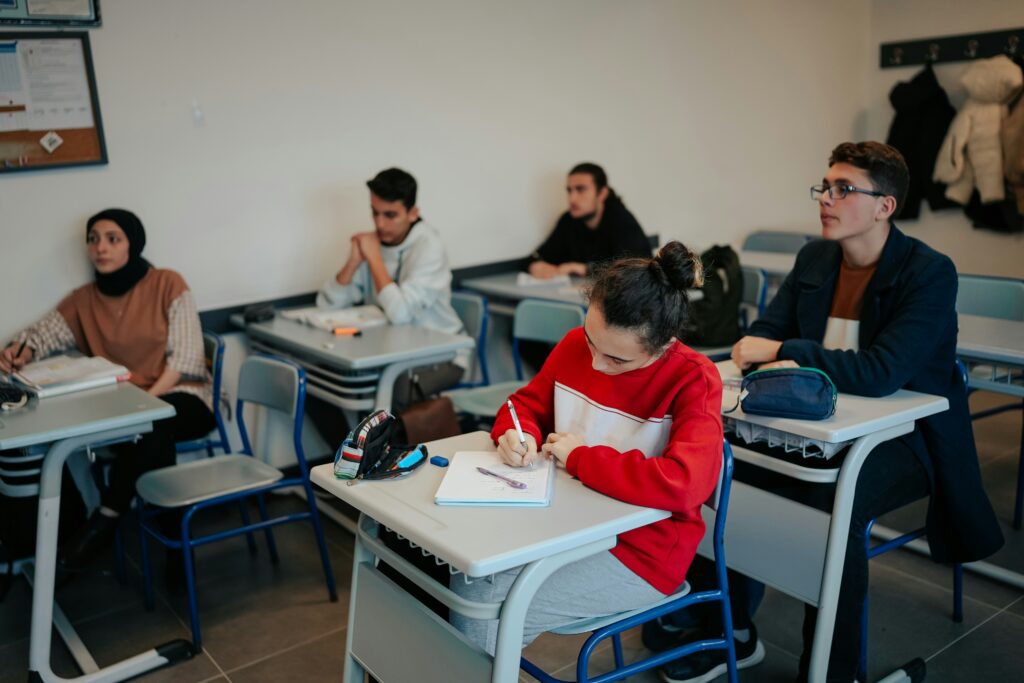The Science of Reading (SoR) movement is shaping literacy policy and practice. But if you’re serving multilingual learners (MLs), the question isn’t just whether your practices align with SoR—it’s whether they reflect the full picture of what reading development really looks like for your students.
And more and more experts agree: Oral language is the bridge between language development and literacy.
This month, we’re diving deeper into what oral language development means, why it matters, and how to build instruction that reflects both research and reality. Because the Science of Reading conversation is shifting—and multilingual learner advocates are helping to shape the conversation.
What Oral Language Development Is (and Isn’t)
Oral language development isn’t just “talk time” or a brain break from instruction. It’s the foundation of comprehension, vocabulary acquisition, and expressive language. For multilingual learners, it’s also a key mechanism for bridging their home language with academic English.
The Multilingual Learning Toolkit defines oral language development as “opportunities to hear and practice new language in meaningful ways across the day.” That includes structured conversation, academic talk, storytelling, debate, and collaborative problem-solving.
It’s not about simplifying language for the sake of access. It’s about building language—through intentional, scaffolded, and culturally responsive strategies.
Why Oral Language Belongs in SoR
The Science of Reading (SoR) emphasizes key components like phonological awareness, phonics, vocabulary, fluency, and comprehension. For multilingual learners, this framework needs to include—and prioritize—oral language.
In a recent Lexia blog post, the authors point out that “many reading programs offer limited structured opportunities for oral language development.”
But oral language is how students process and rehearse new vocabulary, build syntax awareness, and develop confidence to read and write independently.
As Dr. Claude Goldenberg calls for in his extensive work on literacy and language acquisition:
“The challenge is not to abandon the science of reading, but to adapt it to fit the linguistic and cultural realities of English learners.”
Where to Start: Real-World, Research-Backed Moves
You don’t need to overhaul your curriculum overnight. Start small and start with what works. In this earlier blog post, we outlined key strategies that make content more accessible—without watering it down.
One standout routine? QSSSA.
Developed by Seidlitz Education, QSSSA stands for:
- Question
- Signal
- Sentence stem
- Share
- Assess
It’s more than a “turn and talk.” It’s a structured approach to academic conversation that builds confidence and complexity in student responses. We’ll explore this more in next month’s blog, but it’s one of many examples of how oral language development can be embedded into content instruction.
Additionally, here’s how teams can begin embedding oral language intentionally:
- Build sentence stems into every lesson.
- Provide structured talk time across content areas.
- Incorporate partner and group discussion routines.
- Encourage multilingual brainstorming, summarizing, and vocabulary comparison.
And most importantly:
- Use Data to Target Support
EduSkills makes this easier. By using English Language Proficiency (ELP) data, teams can:
- See which domains (listening, speaking, reading, writing) need support.
- Group students based on oral language proficiency.
- Track growth over time and adjust instruction accordingly.
Data turns oral language development from a vague goal into a targeted, trackable part of your program.
Building Toward Consensus
For years, multilingual advocates have found themselves caught between research silos—literacy research on one side and language development research on the other. But that’s starting to change.
More educators, researchers, and district leaders are realizing what Jana Echevarria recently named in her blog post:
“There are more of us than you might think working to merge the best of reading instruction with the needs of English learners.”
And as Claude Goldenberg echoed in a recent reflection:
“Doesn’t it better serve everyone—particularly the students—to build consensus around what research clearly supports?… Consensus can exist, but it won’t happen by itself. It must be constructed.”
At EduSkills, we’re proud to be part of that construction. We believe that oral language development isn’t a detour from literacy—it’s a direct path toward it for multilingual learners.
By using ELP data to guide instruction, embedding oral language routines like QSSSA, and embracing adaptable, asset-based strategies, we can build a Science of Reading approach that serves all learners—without exception.
Because consensus isn’t about watering down what works. It’s about expanding the conversation—and committing to the kind of instructional clarity that makes success possible for every student in the room.
Sources and Further Reading
August, D., & Shanahan, T. (2006). Developing Literacy in Second-Language Learners: Report of the National Literacy Panel on Language-Minority Children and Youth. Mahwah, NJ: Lawrence Erlbaum.
Cummins, J. (2016). Language Power: Teaching English Language Learners in Grades K–8. Heinemann.
Echevarria, J. (2024). What Happened to ELs in the Science of Reading Discussion? Retrieved from janaechevarria.com
Goldenberg, C. (2024, May). An Important Post by an EL Advocate. ClaudeGoldenberg.Substack.com
Lexia Learning. (2023). The Importance of Emphasizing Oral Language for English Learners. Retrieved from LexiaLearning.com
Multilingual Learning Toolkit. (n.d.). Oral Language Development. Retrieved from MultilingualLearningToolkit.org
Seidlitz, J. (2019, March 27). QSSSA: More Than Turn & Talk. Seidlitz Blog. Retrieved from SeidlitzBlog.org




